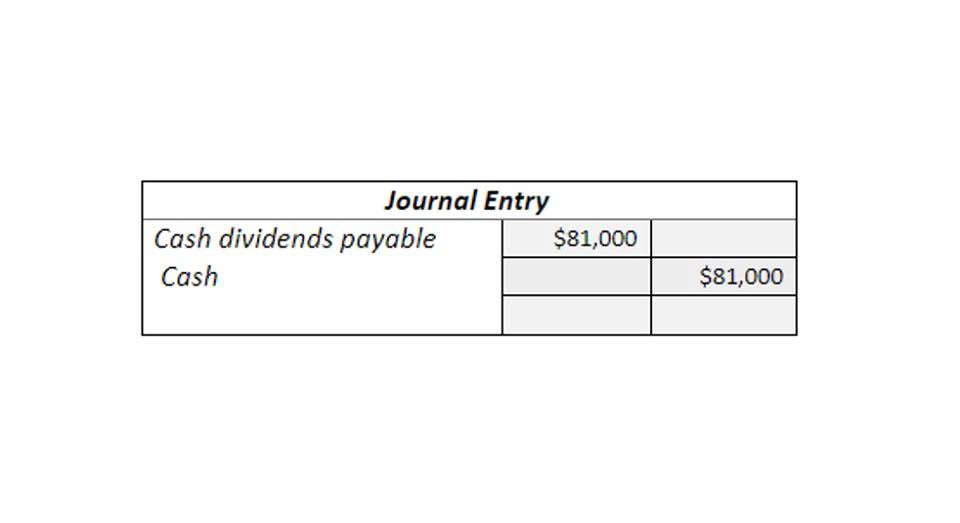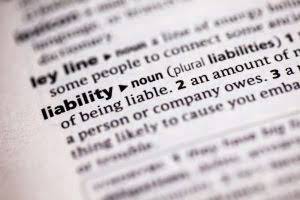Content

To achieve this objective, the financial statements are usually prepared so that each of the broad headings of assets, liabilities, and equity is further classified into a number of meaningful sub-headings. A company can use its balance sheet to craft internal decisions, though the information presented is usually not as helpful as an income statement. A company may look at its balance sheet to measure risk, make sure it has enough cash on hand, and evaluate how it wants to raise more capital (through debt or equity). As noted above, you can find information about assets, liabilities, and shareholder equity on a company’s balance sheet. This means that the balance sheet should always balance, hence the name.

It is also known as net assets since it is equivalent to the total assets of a company minus its liabilities or the debt it owes to non-shareholders. However, it is mandatory to prepare and disclose the financial statements for public limited companies. A classified balance sheet presents an obvious picture of financial health.
3 Balance sheet presentation
Pay attention to the balance sheet’s footnotes in order to determine which systems are being used in their accounting and to look out for red flags. Regardless of the size of a company or industry in which it operates, there are many benefits of reading, analyzing, and understanding its balance sheet. However, if a balance sheet is scattered information, you cannot extract the required information.
A similar rule holds for the Liabilities section, where you’ll list every single current liability, just as those that are long term, like other loans and mortgages. Taking a look at the balance sheet of RMS Pvt Ltd you will notice that classified balance sheet the assets have been categorized into three different groups as Total Fixed Assets, Total Current Assets, and Total Other Assets. Have you ever wondered how different it is to borrow money from your friends or family as against a bank?
Improved assessment of company’s solvency
To sum up, a classified balance sheet aims to report the company’s assets and liabilities in as detailed a manner as possible. Current assets include resources that are consumed or used in the current period. Also, merchandise inventory is classified on the balance sheet as a current asset. As you can see, each of the main accounting equation accounts is split into more useful categories. This format is much easier to read and more informational than a report that simply lists the assets, liabilities, and equity in total. The unclassified balance sheet lists assets, liabilities, and equity in their respective categories.
Our work has been directly cited by organizations including MarketWatch, Bloomberg, Axios, TechCrunch, Forbes, NerdWallet, GreenBiz, Reuters, and many others. Carbon Collective partners with financial and climate experts to ensure the accuracy of our content. Go a level deeper with us and investigate the potential impacts of climate change on investments like your retirement account. Consider removing one of your current favorites in order to to add a new one. These materials were downloaded from PwC’s Viewpoint (viewpoint.pwc.com) under license.
Notes to the Financial Statements
The classifications used will vary depending on the type of business you own, and there is no one way to format a classified balance sheet properly. The chart below lists common balance sheet classifications and examples of the balance sheet accounts that are included in each classification. A balance sheet is a financial statement that displays the total assets, liabilities, and equity of your business at a particular time. You can reference and add to your unclassified balance sheet throughout the accounting period, and eventually implement the changes into the finalized balance sheet. Unclassified balance sheets are quick to draft up and can provide easily accessible information for balance sheet accounts.

A classified balance sheet separates the assets and liabilities into current and non-current categories while the balance sheet does not. Therefore, a classified balance sheet helps provide a better understanding of the composition of the assets and liabilities. This represents the residual interest in the assets of the company after deducting its liabilities.
Clarity and organization
All such information is provided solely for convenience purposes only and all users thereof should be guided accordingly. Advisory services provided by Carbon Collective Investment LLC (“Carbon Collective”), an SEC-registered investment adviser. Depending on the company, different parties may be responsible for preparing the balance sheet. For small privately-held businesses, the balance sheet might be prepared by the owner or by a company bookkeeper. For mid-size private firms, they might be prepared internally and then looked over by an external accountant.
- Our experts love this top pick, which features a 0% intro APR for 15 months, an insane cash back rate of up to 5%, and all somehow for no annual fee.
- A classified balance sheet is a balance sheet that separates a company’s assets and liabilities into current and non-current categories.
- Current assets are those that can be converted into cash within one year, while long-term assets are those with a useful life of more than one year.
- If you’ve ever wondered how businesses organize and present their financial positions, this article is the perfect place to start.
- Applying the Accounting equation in a classified balance sheet is a very simple process.
This format is important because it gives end users more information about the company and its operations. Creditors and investors can use these categories in their financial analysis of the business. For instance, they can use measurements like the current ratio to assess the company’s leverage and solvency by comparing the current assets and liabilities.
